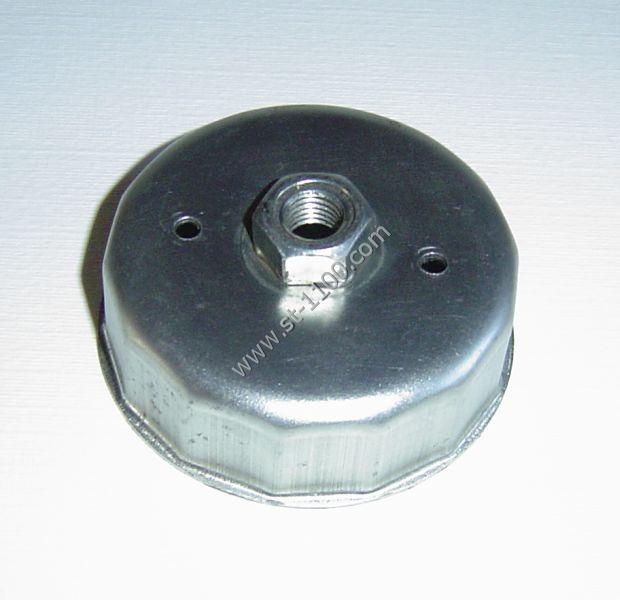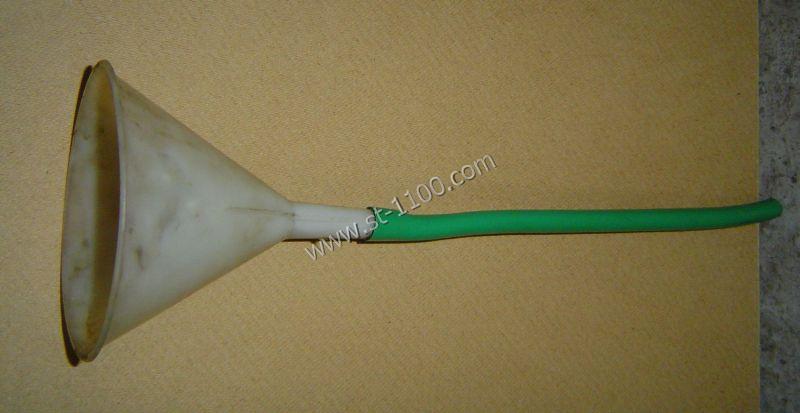A friend once bought a car from a chap who did not believe in changing the engine oil. So strong were his views that he had welded up the sump plug so that the oil could not be drained. When my friend managed to remove the sump plug, the oil was of the consistency of water.
So why was this? Well, without going into too many details, oil molecules form long, stringy lengths which wrap themselves around everything, preventing direct contact between metal surfaces in the engine. With time and use, the oil deteriorates as the molecules are gradually chopped up and degraded by other chemicals. So the oil must be replaced.
Synthetic or mineral? As long as the oil is changed regularly (the owners' manual gives an interval of 8,000 miles), I don't think it matters too much. Also, the viscosity of the oil you choose will vary according to where you live; in a hot country you would generally use a lower viscosity oil (in other words a higher SAE number).
For everything you ever wanted to know about oil but were afraid to ask, have a look at The Engine Oil Bible.
In order to carry out the oil change, you'll need a couple of special tools:
Firstly, a torque wrench.
Secondly, a filter removal tool:
You'll also need a method of adding the new oil without spilling it everywhere. I took an old funnel and a piece of hosepipe about 40cm long. I heated one end of the hosepipe in a kettle of boiling water to soften it, then inserted the funnel. No glue required!
It is best to carry out the draining procedure when the engine is warm. I normally remove the belly pan completely, but if you prefer not to do this, simply undo the lower retaining screws on the left-hand side and gently pull the side of the belly pan away from the bike. Wedge it in this position with a piece of wood. Undo the oil filler cap, and insert a plastic container of at least 4 litre capacity under the sump plug. Undo the sump plug, being careful a) not to drop it into the dirty oil and b) not to burn your hand when the hot oil gushes out. I normally leave it draining overnight and fill up with fresh oil the next morning. (AFTER having first replaced the sump plug of course!)
The oil filter should be changed at the same time.
The advantage of leaving it overnight is that the oil is cold when you come to empty the container. Dispose of old oil correctly. I have an old 20 litre jerrycan into which I pour the old engine oil, and when it's full I take it to my local disposal centre. (I used to use some of it to lubricate my previous Land Rover's leaf springs).
When pouring out the old oil, examine it first. The ST1100 has a wet clutch, which means the engine oil also cools and lubricates the clutch plates. Any sign of fibrous pieces in the oil means the clutch is experiencing excessive wear. If there are flakes of metal in the oil, something is going badly wrong somewhere internally.
Once the old oil has fully drained, reinstall the sump plug (with a new washer if necessary) and using the torque wrench, tighten it to 38N.m-1. Smear some oil on the sealing washer of the new filter and install it being careful not to cross-thread it. Using the torque wrench with the filter removal tool, tighten it to 10N.m-1. That's the theory; I find that there is insufficient room to get a torque wrench in there, so I just tighten the oil filter by hand, as tight as possible. (That's for an OEM filter; K&N also do oil filters which have a 17mm nut welded to the filter body, eliminating the need for a filter removal tool).
The oil filler hole is at a slightly awkward angle which means it's difficult to pour in the new oil straight from the container. So I use my hosepipe/funnel contraption; the funnel fits nicely between the front brake lever and handlebar grip, and I keep it in place with a piece of string.


